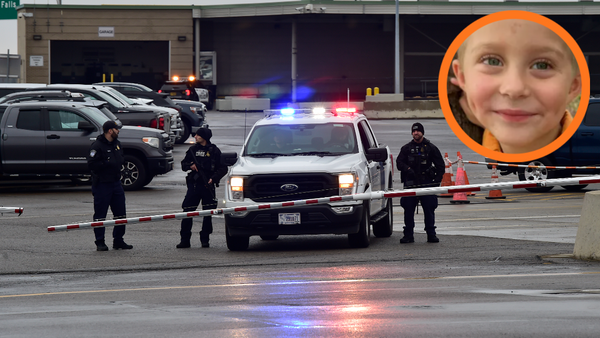The best meteor shower of the year for the Southern Hemisphere is happening this week - the Geminid meteor shower.
The Geminids are an annual meteor shower, when Earth passes through bits of rock from the asteroid 3200 Phaethon.
That makes this meteor shower unique - as most meteor showers are caused by debris from comets like Halley's comet which causes the Eta Aquariids in May and the Orionids in October.
Small rocks fall off as these objects go around the Sun, like a boat leaving a wake behind it.
The Earth passes through this debris, and as they hit the Earth, they burn up in our Earth's atmosphere, putting on a celestial light show.
The peak of the meteor shower is happening the night of Thursday December 14 - which in reality will be during the early morning hours of Friday, December 15.
However, the morning of Thursday as well as the morning of Saturday should also be good spotting.
This year should be a good year as the moon will be in the new moon phase. This means the moon will not be bright in the sky, and washing out some of the meteors - so it should be nice and dark to spot them.
Visible from about 1am to 2am local time, the meteor shower will last for a few hours before sunrise, peaking about 3am.

In the southern parts of Australia, you can expect 20 to 30 meteors or shooting stars per hour.
In the northern parts of Australia, it will be closer to one per one to two minutes.
The name Geminid comes from the Gemini constellation where the meteor shower appears to originate in the sky.
To maximise your chance at seeing the meteors, you want as clear of a view to the north as possible, and in the darkest spot possible - especially away from any nearby lights.
Head to an oval, park, or somewhere even darker. The darker your location is, the more meteors you will see.
The great thing about a meteor shower is that you do not need any special equipment, just your eyes.
When you go outside, let your eyes adjust to the darkness for 10 to 20 minutes, before really trying to spot them.
Speaking of Halley's comet, it has reached its aphelion in space - its furthest point away from the sun.
Halley's comet takes about 76 years to go around the sun in its orbit. Halley's comet has been heading out away from the sun since last passing by Earth in 1986.
Now that it has reached aphelion, it will start to head back to the sun - meaning it has essentially passed the midpoint of its orbit.
Right now, and for another few decades, it will be too faint to spot even to the most powerful telescopes.
Eventually, it will get bright enough to be visible in the sky - in 2061.
During this orbit as it approaches the sun, and more bits of rock and debris will come off of it, leaving new material for future meteor shower spotting of the Eta Aquariids and Orionids, continuing the cycle.
Enjoy the free show courtesy of our solar system and mark 2061 in your diaries - for an even better one.
- Brad Tucker is an astrophysicist and cosmologist at Mount Stromlo Observatory, and the National Centre for the Public Awareness of Science at ANU







